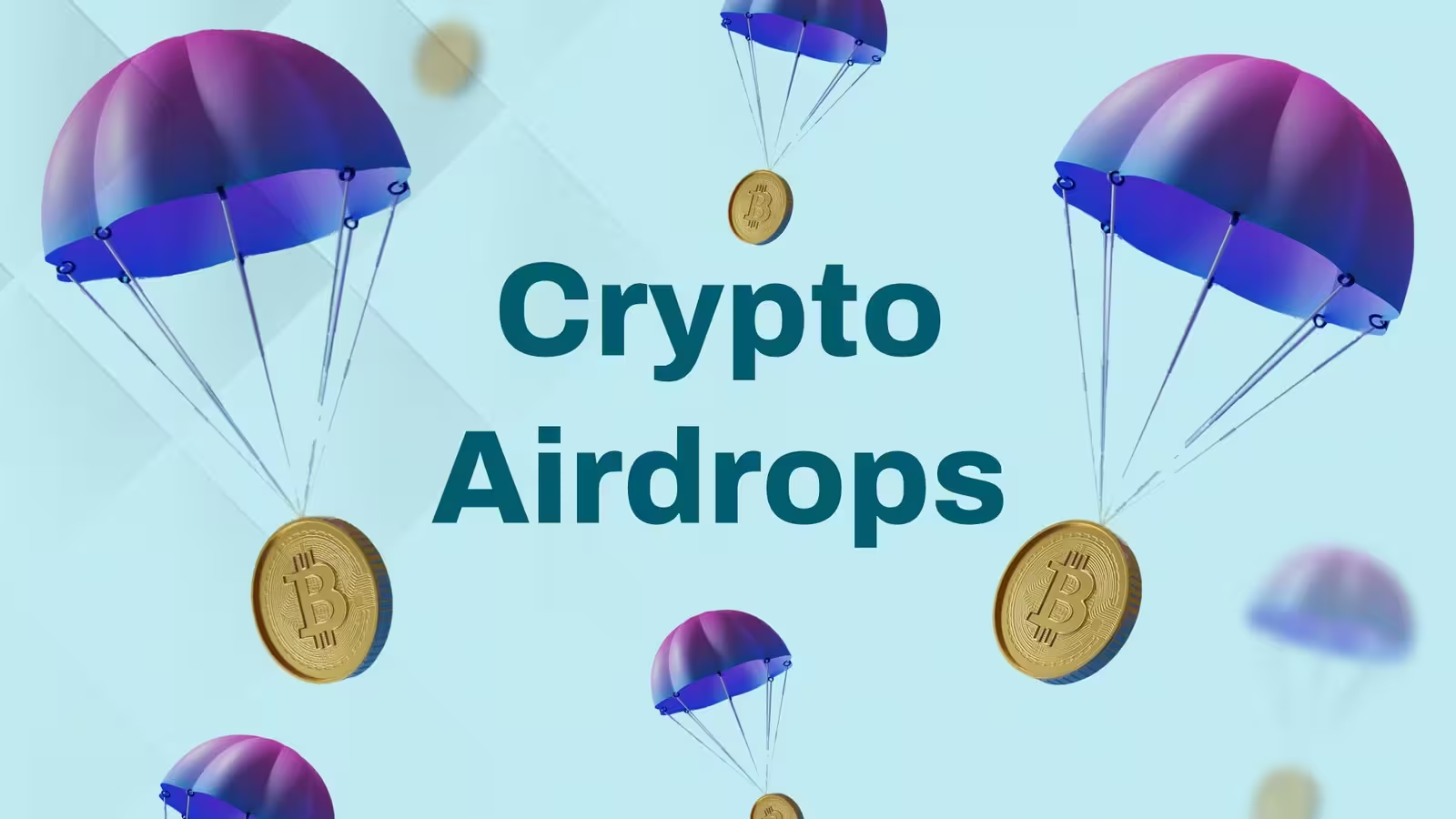4 Minutes
The Role of Crypto Airdrops in Building Blockchain Communities
Crypto airdrops have long played a pivotal role in blockchain and cryptocurrency ecosystem growth. Originally launched as a simple marketing tactic—offering free tokens for minimal participation—airdrop campaigns quickly became instrumental for driving new user onboarding, enhancing liquidity, and propelling project adoption. According to CoinGecko, over $26.6 billion in token value was distributed through crypto airdrops between 2020 and 2023, underscoring their immense impact.
From Gimmick to Growth Engine: The Evolution of Airdrop Campaigns
While airdrops may have started out as basic giveaways in the early days, their strategic importance for emerging blockchain projects has only grown. Back in 2014, Auracoin's mass token distribution sought to ignite on-chain activity with little more required than expressing interest. These efforts sparked curiosity, but as the decentralized finance (DeFi) and Web3 ecosystems evolved, so did the sophistication of airdrop mechanisms.
Projects began leveraging token airdrops to cultivate engaged, loyal user bases and bootstrap decentralized communities. Airdrop strategies shifted away from pure publicity stunts toward robust community-building tools, blending technical ingenuity with thoughtful distribution models.
Uniswap’s UNI Drop: A Watershed Moment in Token Distribution
Perhaps the most iconic airdrop occurred on September 16, 2020, when Uniswap distributed $6.43 billion worth of UNI tokens to wallets that had used its decentralized exchange before that date. This massive giveaway didn’t just reward early adopters; it also reinvigorated interest in DEX participation and sparked a surge of new users. Following the airdrop, Uniswap’s Total Value Locked (TVL) more than doubled—from $961.9 million to peaks above $3.4 billion by the end of 2020.
ApeCoin’s Multi-Layered Approach: Engaging NFT Communities
In March 2022, Apecoin’s strategic airdrop rewarded the legions of Bored Ape Yacht Club and Mutant Ape NFT holders—allocating up to 10,950 APE tokens per eligible NFT. This approach deepened connections within the ApeCoin DAO, mobilized NFT communities, and injected new liquidity into the market, driving both awareness and trading volumes. With 15% of ApeCoin’s total supply earmarked for its NFT audience, the campaign seamlessly blended engagement and ecosystem expansion.
The Challenges: Are Airdrops Still Effective?
Despite their many successes, airdrops have periodically been criticized as being susceptible to exploitation by so-called "airdrop farmers"—individuals who seek to maximize gains often at the expense of long-term project health. These opportunists participate solely to cash out quickly, sometimes sparking abrupt sell-offs and undermining price stability.
Yet, these criticisms may overlook the bigger picture. Even when short-term actors are present, early airdrop participants create volume, visibility, and crucial traction for launching projects. If managed wisely, these users act as a launchpad rather than a drag on ecosystem momentum. The key is ensuring that token distributions are designed not just to make a splash, but to cultivate communities that stick around for the long haul.
The Next Generation: Secure, Smart, and Sustainable Airdrops
Recent years have seen a renaissance in airdrop models, with blockchain startups incorporating smarter distribution methods tailored for the Web3 era. Innovative projects like Hyperliquid and Sonic Labs have pioneered new models that reward ongoing platform activity and community contributions, rather than imposing arbitrary eligibility hurdles.
Hyperliquid: Elevating User Activity
Hyperliquid’s latest airdrop placed community engagement at the heart of its strategy. By nominating recipients based on trading volume and activity, the project incentivized genuine participation and platform usage. Such volume-based airdrop campaigns minimize the influence of inauthentic actors, creating a more engaged user base.
Sonic Labs: Rewarding Developer Contributions
Sonic Labs advanced a multi-phase airdrop model, with each “season” rewarding not just users, but developers and ecosystem builders who were actively contributing. This performance-based distribution keeps community members invested over the long term, while encouraging broader developer participation in the project’s roadmap.
Building Loyal Crypto Communities: Best Practices for Airdrop Campaigns
The best modern airdrop models employ advanced anti-Sybil measures, user verification protocols, and transparent distribution criteria. These measures help ensure that rewards benefit genuine supporters, not bots or opportunists. Strong airdrop strategies have shifted away from "one-time splashes," fostering ecosystems where active participation is consistently incentivized.
For any blockchain project—whether launching a DeFi platform, a Layer-2 protocol, or a Web3 social application—a thoughtfully executed airdrop can lay the groundwork for long-term token value and community engagement. By distributing free tokens in tandem with gamified participation, identity verification, and ongoing contributor rewards, projects can build robust networks that encourage organic growth.
Conclusion: Crypto Airdrops Remain Indispensable in Web3 Growth
Despite evolving challenges, airdrops remain one of the most powerful elements in the cryptocurrency builder’s toolkit. Far from being outdated, they represent a bridge to both early adoption and vibrant community formation. By learning from past successes and embracing sophisticated new distribution models, crypto airdrops can continue to shape the future of decentralized finance, DAOs, and blockchain adoption worldwide.
Airdrops, when carefully designed, still hold the key to strong network effects, user retention, and authentic Web3 communities for years to come.
Source: crypto



Comments